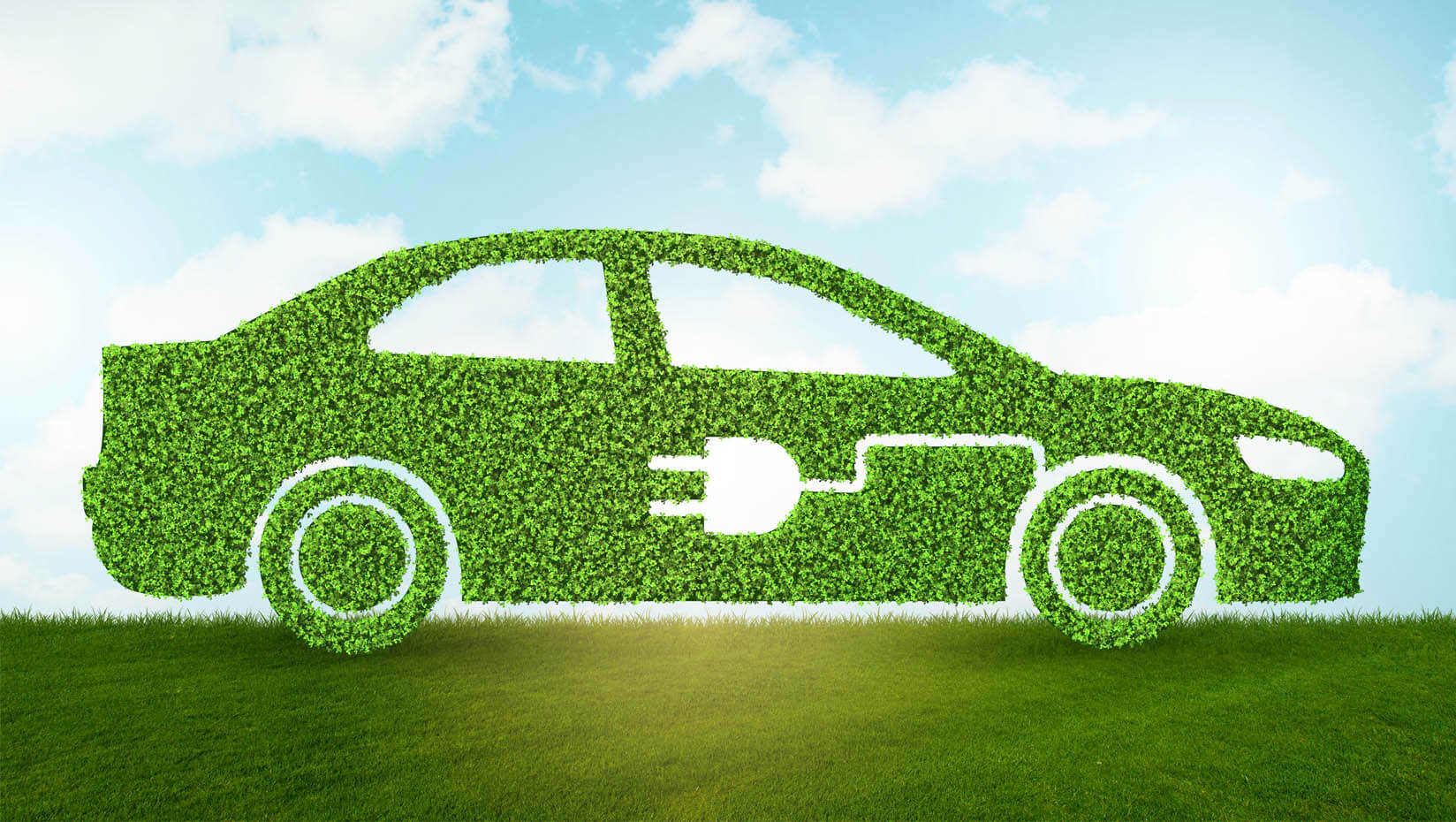
Jonathan Rubin on what’s next for Maine’s greener transportation future
States have an important role to play in the transition to a greener transportation future. Every state is at a different place in its clean energy journey, though. A new report helps states figure out what’s next for each one — Maine included.
The National Cooperative Highway Research Program (NCHRP) recently released a report, “Methods for State DOTs to Reduce Greenhouse Gas Emissions from the Transportation Sector.” The nearly two-year-long research effort culminated in a guide (and an accompanying easy-to-use web resource) for states on how to best reduce their transportation sectors’ greenhouse gas emissions based on the individual challenges each faces in the current moment.
Jonathan Rubin, UMaine professor of economics and director of the Margaret Chase Policy Center, is a member of the NCHRP advisory panel and a co-author of the report. In the past, Rubin’s research has been supported by the U.S. State Department, the National Science Foundation, the U.S. Environmental Protection Agency and the U.S. Department of Energy. He is also a member of the Maine Climate Council’s Scientific and Technical Subcommittee and Transportation Working Group.
Rubin said that this NCHRP report is important because it not only addresses the special role that state decision makers have to play in greening the transportation sector compared to their local and federal counterparts, but it also addresses states where they are.
“States are all over the map,” Rubin said. “Some states are way ahead and some are way behind. There are some states for largely political reasons that aren’t making the same level of effort. With this guidebook we’re trying to say that the first thing to do is that states have to take an honest appraisal of where they are. We’re trying to meet them where they are.”
Though Maine isn’t as far along as, say, California — which Rubin said is far and away the leader in the green transportation sector — the state is rapidly catching up, with a relatively clean electric grid, financial incentives for electric cars. One of the state’s biggest challenges, though, is the fact that Maine is largely rural.
“In a rural state like Maine it’s very challenging. We don’t have a public transit system that can serve everyone’s needs,” Rubin said. “We have transit, but we’re not talking about subway systems or the infrastructure that exists in bigger urban areas.”
Because of that, moving to electric vehicles is an essential step for Maine’s greener transportation future. Rubin said that access to charging is “probably the thing that most electric vehicle owners are going to be concerned about” in Maine, as most public charging infrastructure currently is available in urban areas.
“Most people charge at home, so in that sense being rural isn’t necessarily a handicap, but then you have to say how far do I have to drive on any given trip. I don’t think it’s something that can’t be solved with conscientious planning, but it is a challenge,” Rubin said.
Realistically, Rubin said that Mainers can expect the cost of electric vehicles to decrease in the coming years and the technology to improve, though supply chain issues have caused some backlog. The current volatility of oil prices also makes a strong case for consumers to go electric.
However, Rubin said that the most important part about making the transition to green transportation — in Maine and beyond — is that everybody benefits from it, particularly low-income individuals who might not have the financial resources to, say, purchase an electric car.
“This is a transformation we need to make and we need everybody to benefit. We can make the progress we want to make, but it’s not a foregone conclusion. I’m optimistic, but I’m also realistic,” Rubin said.
Contact: Sam Schipani, samantha.schipani@maine.edu
